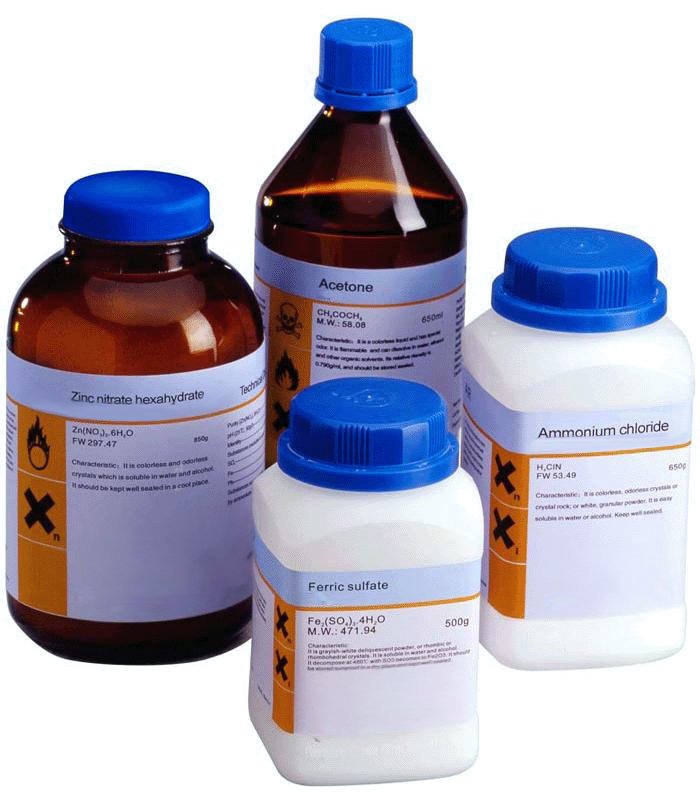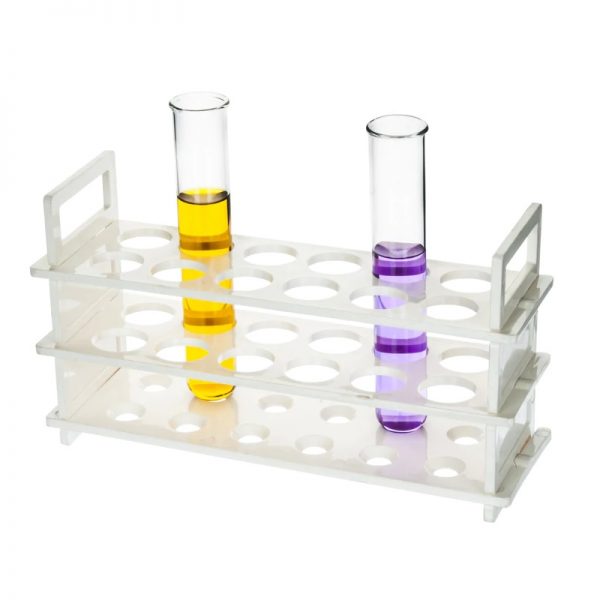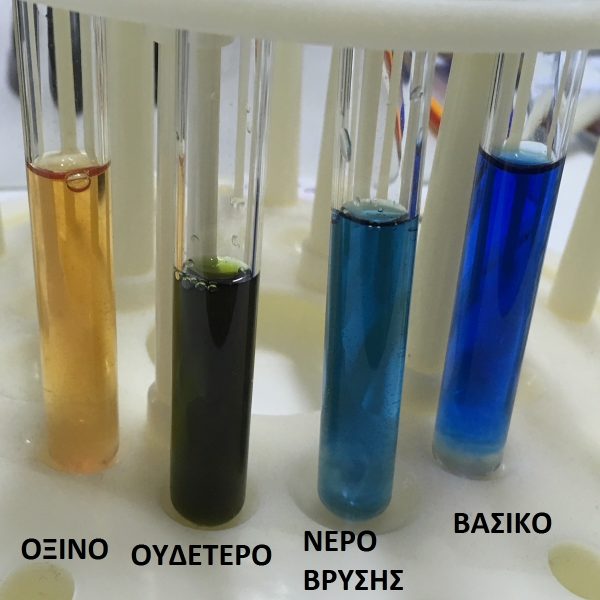Picric Acid 500g
Picric Acid 500g
Picric acid is an organic compound with the formula (O2N)3C6H2OH. Its IUPAC name is 2,4,6-trinitrophenol (TNP). The name “picric” comes from the Greek word πικρός (pikros), meaning “bitter”, due to its bitter taste. It is one of the most acidic phenols. Like other strongly nitrated organic compounds, picric acid is an explosive, which is its primary use. It has also been used as medicine (antiseptic, burn treatments) and as a dye.
Chemical Properties
| Properties | |
|---|---|
| C6H3N3O7 | |
| Molar mass | 229.10 g·mol−1 |
| Appearance | Colorless to yellow solid |
| Density | 1.763 g·cm−3, solid |
| Melting point | 122.5 °C (252.5 °F; 395.6 K) |
| Boiling point | > 300 °C (572 °F; 573 K) Detonates |
| 12.7 g·L−1 | |
| Vapor pressure | 1 mmHg (195 °C) |
Chemical Structure Picric Acid 500g
Safety

Explosive Acute Toxic
Description
Synthesis
The aromatic ring of phenol is activated towards electrophilic substitution reactions, and attempted nitration of phenol, even with dilute nitric acid, results in the formation of high molecular weight tars. In order to minimize these side reactions, anhydrous phenol is sulfonated with fuming sulfuric acid, and the resulting p-hydroxyphenylsulfonic acid is then nitrated with concentrated nitric acid. During this reaction, nitro groups are introduced, and the sulfonic acid group is displaced. The reaction is highly exothermic, and careful temperature control is required. Another method of picric acid synthesis is direct nitration of 2,4-Dinitrophenol with nitric acid.
Uses Picric Acid 500g
By far the greatest use has been in munitions and explosives. Explosive D, also known as Dunnite, is the ammonium salt of picric acid. Dunnite is more powerful but less stable than the more common explosive TNT (which is produced in a similar process to picric acid but with toluene as the feedstock). Picramide, formed by aminating picric acid (typically beginning with Dunnite), can be further aminated to produce the very stable explosive TATB.
It has found some use in organic chemistry for the preparation of crystalline salts of organic bases (picrates) for the purpose of identification and characterization.
In metallurgy, a 4% picric acid in ethanol etch termed “picral” has been commonly used in optical metallography to reveal prior austenite grain boundaries in ferritic steels. The hazards associated with picric acid have meant it has largely been replaced with other chemical etchants. However, it is still used to etch magnesium alloys, such as AZ31.
Bouin solution is a common picric-acid-containing fixative solution used for histology specimens. It improves the staining of acid dyes, but it can also result in hydrolysis of any DNA in the sample.[22]
Clinical chemistry laboratory testing utilizes picric acid for the Jaffe reaction to test for creatinine. It forms a colored complex that can be measured using spectroscopy.
Picric acid forms red isopurpurate with hydrogen cyanide (HCN). By photometric measurement of the resulting dye picric acid can be used to quantify hydrogen cyanide.
During the early 20th century, picric acid was used to measure blood glucose levels. When glucose, picric acid and sodium carbonate are combined and heated, a characteristic red color forms. With a calibrating glucose solution, the red color can be used to measure the glucose levels added. This is known as the Lewis and Benedict method of measuring glucose.
Much less commonly, wet picric acid has been used as a skin dye, or temporary branding agent. It reacts with proteins in the skin to give a dark brown color that may last as long as a month.
Safety
Modern safety precautions recommend storing picric acid wet, to minimize the danger of explosion. Dry picric acid is relatively sensitive to shock and friction, so laboratories that use it store it in bottles under a layer of water, rendering it safe. Glass or plastic bottles are required, as picric acid can easily form metal picrate salts that are even more sensitive and hazardous than the acid itself. Industrially, picric acid is especially hazardous because it is volatile and slowly sublimes even at room temperature. Over time, the buildup of picrates on exposed metal surfaces can constitute an explosion hazard.
Picric acid gauze, if found in antique first aid kits, presents a safety hazard because picric acid of that vintage (60–90 years old) will have become crystallized and unstable, and may have formed metal picrates from long storage in a metal first aid case.
Bomb disposal units are often called to dispose of picric acid if it has dried out. In the United States there was an effort to remove dried picric acid containers from high school laboratories during the 1980s.
Munitions containing picric acid may be found in sunken warships. The buildup of metal picrates over time renders them shock-sensitive and extremely hazardous. It is recommended that shipwrecks that contain such munitions not be disturbed in any way. The hazard may subside when the shells become corroded enough to admit seawater as these materials are water-soluble.


 Botzees
Botzees Keyestudio
Keyestudio Fischertechnik
Fischertechnik





